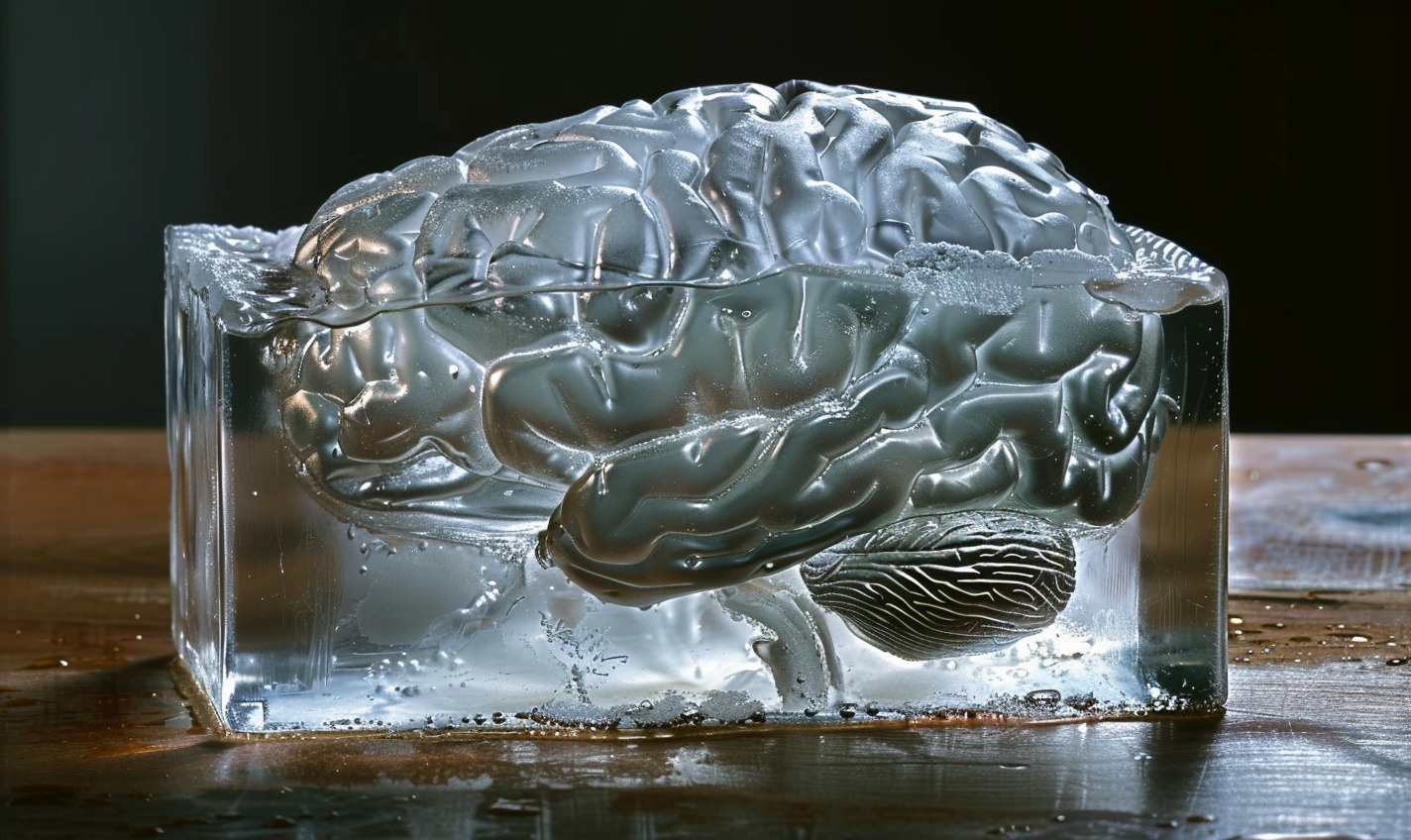Get The Article
- Article PDF
- Cognitive, Affective, & Behavioral Neuroscience Article
Cite This Work
- APA
- MLA
- Bibtex
Schoeller, F., Jain, A., Pizzagalli, D. A., & Reggente, N. (2024). The neurobiology of aesthetic chills: How bodily sensations shape emotional experiences. Cognitive, Affective, & Behavioral Neuroscience. https://doi.org/10.3758/s13415-024-01168-x
Schoeller, Félix, Abhinandan Jain, et al. “The neurobiology of aesthetic chills: How bodily sensations shape emotional experiences.” Cognitive, Affective, & Behavioral Neuroscience, Feb. 2024, doi:10.3758/s13415-024-01168-x.
@article{Schoeller_Jain_Pizzagalli_Reggente_2024, title={The neurobiology of aesthetic chills: How bodily sensations shape emotional experiences}, url={https://doi.org/10.3758/s13415-024-01168-x}, DOI={10.3758/s13415-024-01168-x}, journal={Cognitive, Affective, & Behavioral Neuroscience}, author={Schoeller, Félix and Jain, Abhinandan and Pizzagalli, Diego A. and Reggente, Nicco}, year={2024}, month=feb }
Neural Correlates of Chills: How the Brain Creates a Powerful Emotional Response
Aesthetic chills are a universal emotional response characterized by shivers and goosebumps in reaction to specific rewarding or threatening stimuli, such as music, films, or speech. What makes this phenomenon so intriguing is that it simultaneously involves subjective feelings and measurable physical sensations, providing a tangible link between the mind and body.
The Role of Brain Regions and Networks
Recent research has shed light on the specific brain regions and networks involved in the experience of aesthetic chills. Understanding the neural correlates of chills helps us delve into fascinating questions about the mind-body connection.
Our review highlights key questions that aesthetic chills can help us answer: How precisely do bodily sensations influence emotional experiences? What is the role of prediction and uncertainty in shaping our feelings? And how does the brain balance processing rewards versus threats?

The Mesocorticolimbic System: A Key Player in Chills
By synthesizing evidence from neuroimaging studies, we propose that aesthetic chills engage a distinct brain network involving the mesocorticolimbic system. This network includes regions like the ventral tegmental area (VTA), nucleus accumbens (NAcc), amygdala (AMG), and frontal areas such as the orbitofrontal cortex (OFC) and ventromedial prefrontal cortex (vmPFC). Crucially, the VTA releases dopamine, a neurotransmitter critical for reward processing and motivation, throughout these regions.
Chills, Reward, Learning, and the Brain’s Predictions

We suggest that aesthetic chills may correspond to peaks in consummatory pleasure, marking the transition from the “wanting” phase of reward to the “liking” and “learning” phases. This perspective aligns with the observation that chills often occur during the culmination of an aesthetic experience, such as the resolution of a narrative or musical tension.

Interoception and the Insula
The involvement of the insula, a region linked to interoception (the perception of internal bodily states), highlights the importance of peripheral signals in shaping the emotional quality of chills. This is further supported by findings that manipulating bodily sensations, such as enhancing the feeling of cold, can intensify the experience of chills and its downstream effects on cognition.
Individual Differences and the Experience of Chills
Interestingly, our susceptibility to aesthetic chills seems to be influenced by individual differences in personality traits like openness to experience and absorption, as well as biological factors such as gene variants affecting neurotransmitter function. This suggests that our propensity for chills is shaped by a complex interplay of psychological and neurobiological factors.
Dopamine, Prediction Errors, and Learning
We propose that the neurotransmitter dopamine plays a key role in aesthetic chills by encoding the precision of our brain’s predictions. When an aesthetic stimulus violates our expectations in a way that is ultimately rewarding, dopamine release signals the need to update our predictions, enhancing memory consolidation and learning. This process may underlie the heightened attention and memory effects observed during chills.
Mental Health Implications
Understanding the neurobiology of aesthetic chills has important implications for mental health. Dysfunctional precision encoding of prediction errors by dopamine is implicated in conditions like schizophrenia, depression, and addiction. Preliminary evidence suggests that experiencing aesthetic chills may help mitigate anhedonia (loss of pleasure) in depression by improving reward learning and shifting maladaptive self-beliefs. The therapeutic potential of chills lies in their ability to promote positive emotional states and cognitive flexibility.

